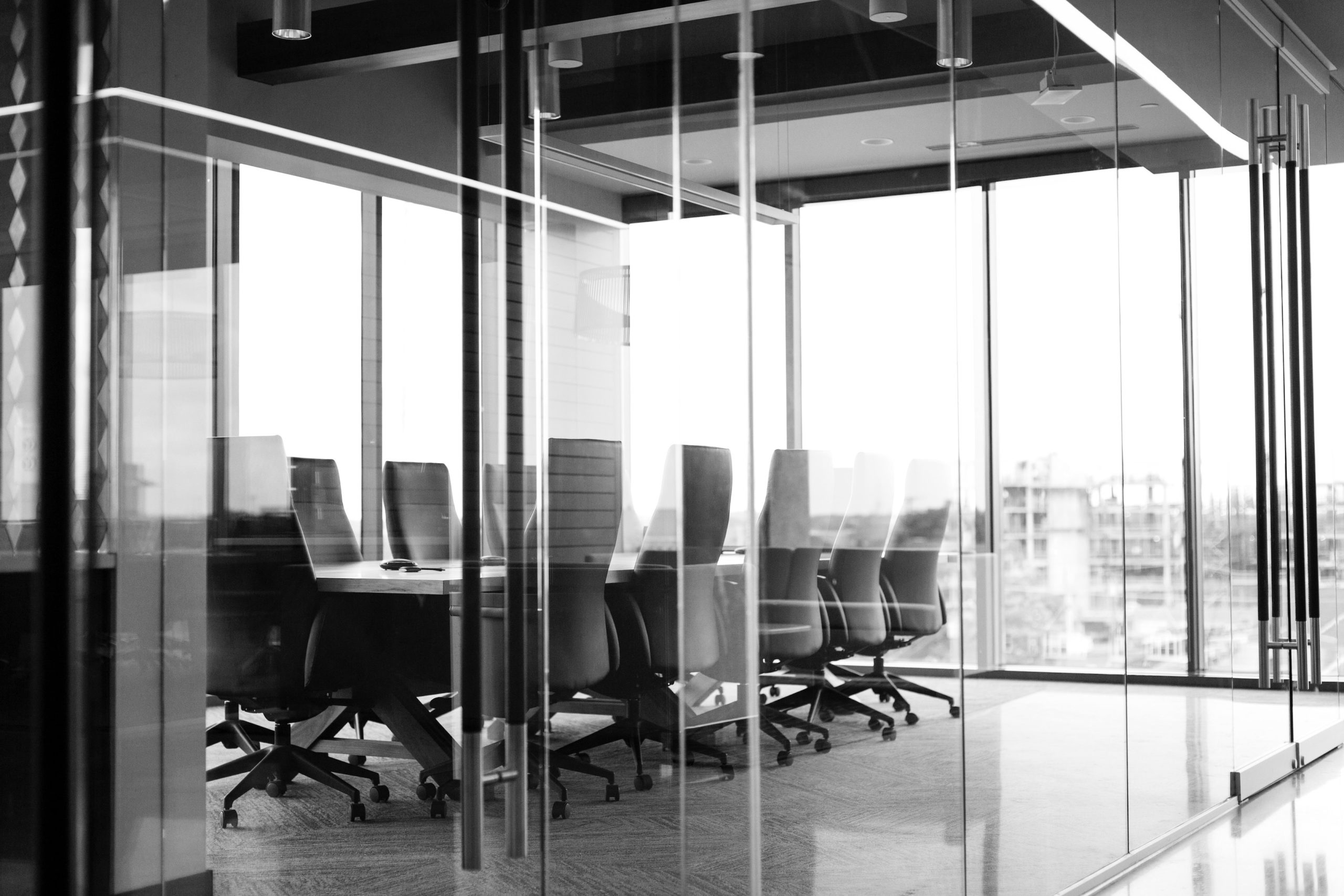By Kirsty Lauder, Almuth McDowall & Harriet R Tenenbaum (2022)

Why is this topic important?
People with Attention Deficit Hyperactivity Disorder (ADHD), or ADHDers, can face workplace challenges that need supporting. Identifying the best support for ADHDers is important because the workplace is somewhere many adults spend their lives!
What is the purpose of this article?
We wanted to know what the evidence is for effective support to see if there is any research about ADHD and the workplace. One way to find out the best forms of support is to evaluate all the published academic research on a topic using a research method called a systematic review.
We found 143 published studies that evaluated support or ‘interventions’ for adult ADHDers. We looked at what was similar and different across all the studies and wanted to know:
- where the research was conducted;
- who the research participants were;
- what kinds of support were evaluated;
- what kind of support was most effective;
- what support is relevant to the workplace.
What personal or professional perspectives do the authors bring to this topic?
The authors either identify as neurodivergent and/or have experience of working with people who identify as neurodivergent.
What did the authors find?
1/3 of studies were conducted in North America. The others were from Europe or Asia.
- Most of the research participants were outpatients of ADHD Clinics, which means they get supported after getting an ADHD diagnosis from a psychiatrist.
- 61% of the 143 studies evaluated medication and whether it reduces the core ADHD symptoms: inattention, hyperactivity, and impulsivity.
- The remaining 39% of studies evaluated psychosocial support (training, cognitive behavioural therapy- CBT) or a combination of both medication and psychosocial support.
- Medication is effective at reducing the core symptoms in the short term.
- Psychosocial support is effective in improving emotional and social challenges.
- A closer look at each study revealed the important components of effective support to be:
- an increased awareness of what ADHD is between the ADHDer and their support network.
- a good relationship with the medical professional working with the ADHDer.
- inclusion in group sessions with other ADHDers.
- No studies were conducted in the workplace or related to the workplace.
- Some of the skills training and coaching support focused on work-related challenges like time management and performance.
What do the authors recommend?
The authors recommend more research on what effective workplace support is for ADHDers. The more research there is, the easier it will be for practitioners to rely on an evidence-base for decision-making.
The existing research, mapped in this study, shows us which strategies are most effective for ADHDers:
- A combination of medication and CBT (cognitive behavioural therapy) or skills training/coaching.
- Involving the ADHDer’s support network.
- Learning about ADHD and its impact on individuals.
- A good quality relationship with support professionals.
How will these recommendations help ADHDers now or in the future?
In the future, we can apply these ideas to the workplace to make sure that managers and co-workers are included in the awareness of and support for ADHD, and to ensure that the ADHDer has psychosocial and medical support available.
More information:



